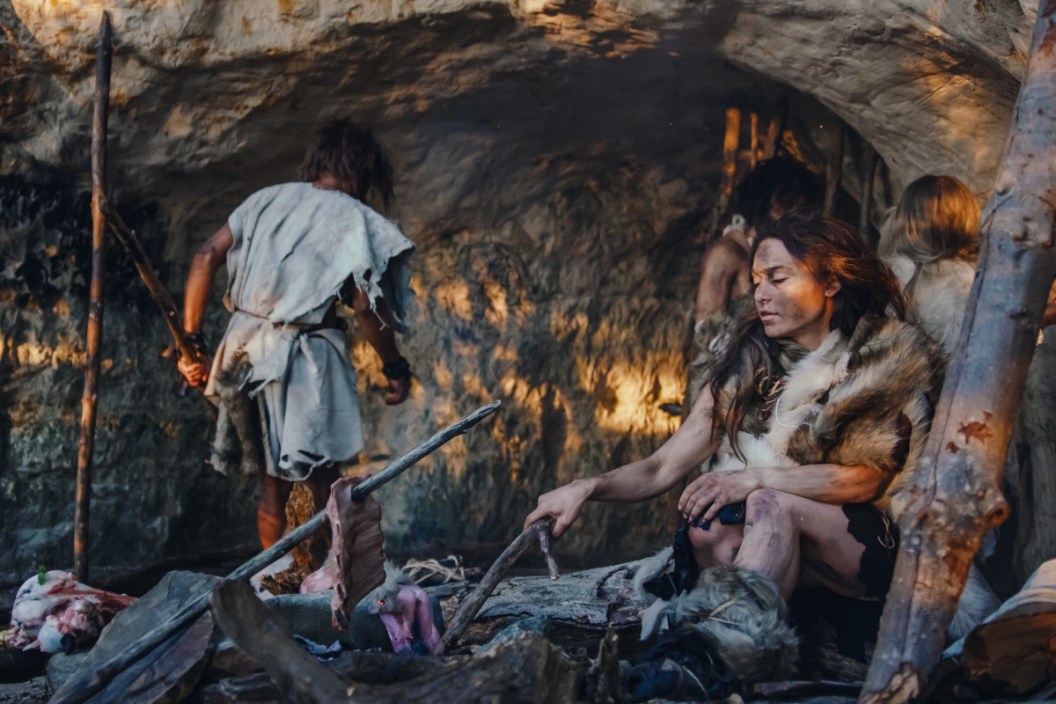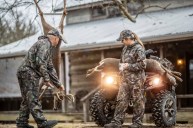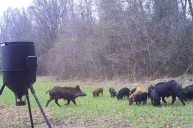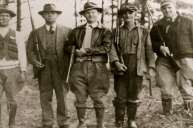Most hunters know women are one of the fastest growing demographics in hunting today. However, there have always been female hunters. And there may have historically been more of them than many may have realized. Some new research of prehistoric times is showing old narratives of men-as-hunters and women-as-gatherers, concepts that have been taught in classrooms for decades, may have been wrong all along. Information gathered by Randall Haas, an archaeologist and assistant professor of anthropology at University of California, indicates that as many as 30 to 50 percent of big game hunters in the prehistoric Americas could have been biologically female.
This study, published in Science Advances, was inspired by a discovery by Haas and his team of a woman buried approximately 9,000 years ago with her hunting tools laid beside her. The sex of the hunter was identified with the help of female-specific proteins extracted from the teeth. The finding in Peru's Andes Mountains challenged "traditional" ideas of gender roles in mankind's deep history. For decades, the notion has been that women nurtured the young and gathered what nature provided while the men went out after prey in hunting expeditions. This new finding revealed those assumptions may have been deeply flawed. They started researching and found more evidence that seems to back it up.
Looking at other studied burial sites in South America dating back to the Pleistocene and Holocene, they found records for 27 burials that included tools used for big game hunting. Of these burials, they found 11 were female. That data and the ancient huntress discovery led researchers to conclude that, among ancient Americans, nearly as many females as males hunted large animals.
What does that mean as far as history goes? Well, for one, preconceived ideas about gender roles may have influenced much of the recorded history of hunting.
"An archaeological discovery and analysis of early burial practices overturns the long-held 'man-the-hunter' hypothesis," Haas told Science Daily. "Labor practices among recent hunter-gatherer societies are highly gendered, which might lead some to believe that sexist inequalities in things like pay or rank are somehow 'natural.' But it's now clear that sexual division of labor was fundamentally different — likely more equitable — in our species' deep hunter-gatherer past."
Other discoveries across the globe have revealed information that challenges preconceived gender assumptions. There is evidence that women warriors lived in California and Mongolia roughly 5,000 years ago and 1,500 years ago, respectively.
As for why this matters in modern times, it's quite simple. Women in hunting are a growing sector in today's society. Women are taking up arms in droves, learning to harvest their own sustenance, and reclaiming a skill that recorded history has often overlooked. Much of the modern narrative is based around this as a newer phenomenon, but what if women have always been wired to provide in this way? Hunting roles may have had much less to do with gender than modern society previously believed. Consider Artemis, the goddess of the hunt in Greek mythology. She is often depicted carrying a bow and wearing a quiver full of arrows.
The classic division of what was a male job versus a female job in ancient civilizations is probably too simplistic. New discoveries challenged the accepted narrative. The truth is probably that then, as now, the roles and responsibilities blur between the genders.
READ MORE: 4 REASONS WOMEN NEED TO FISH MORE




